Understanding the Importance of Geosynthetic Material for Embankment Construction
Geosynthetic material for embankment is increasingly being used in civil engineering projects to enhance the performance of soil structures.
Tel: +86-411-39569550 | E-mail: info@geofantex.com/geofantex@gmail.com

Geosynthetic material for embankment is increasingly being used in civil engineering projects to enhance the performance of soil structures.

Recent industry news highlights the growing use of geosynthetic cementitious composite mat (GCCM) in sustainable infrastructure development.
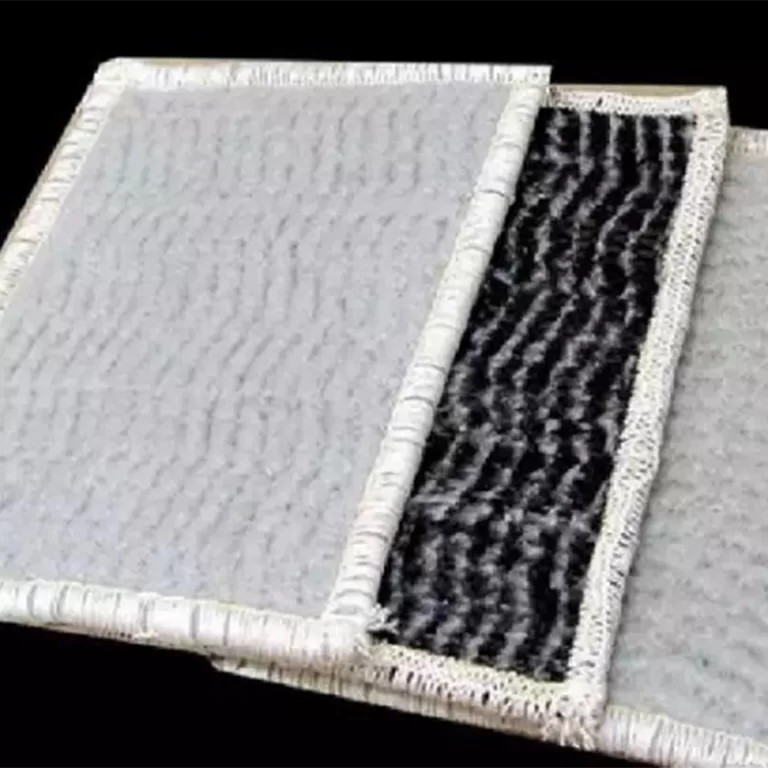
Geosynthetic reinforcement has emerged as a key player in advancing sustainable infrastructure projects worldwide.

Geosynthetics protection has become a key focus for infrastructure sustainability and resiliency in all types of construction projects.

Geosynthetics are widely used in civil engineering and construction to improve the stability and performance of various structures. One of their most important functions is the distribution of loads, ensuring that forces exerted on roads, embankments, and foundations are spread evenly, preventing deformation and failure. In this article, we will explore the different types of geosynthetics used for load distribution, their reinforcement capabilities, and key properties like compressibility and pull-out resistance.
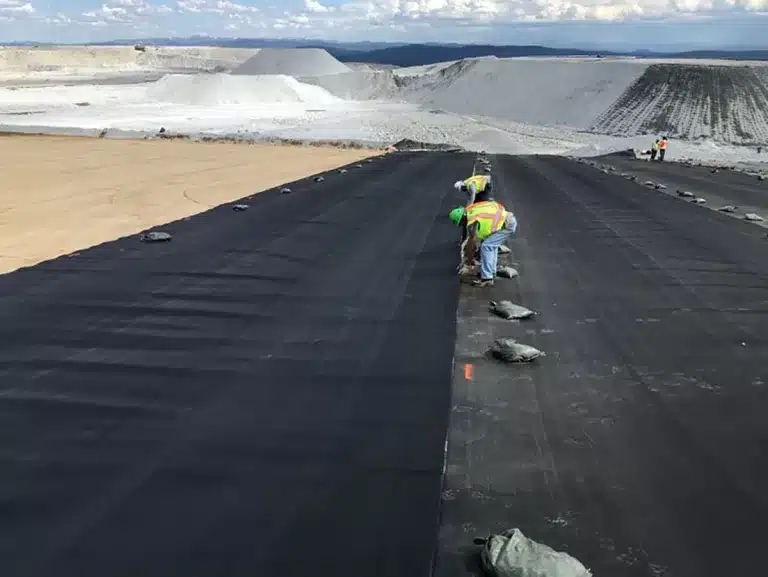
Learn how geosynthetics stabilize slopes, prevent erosion, improve drainage, and extend infrastructure life.
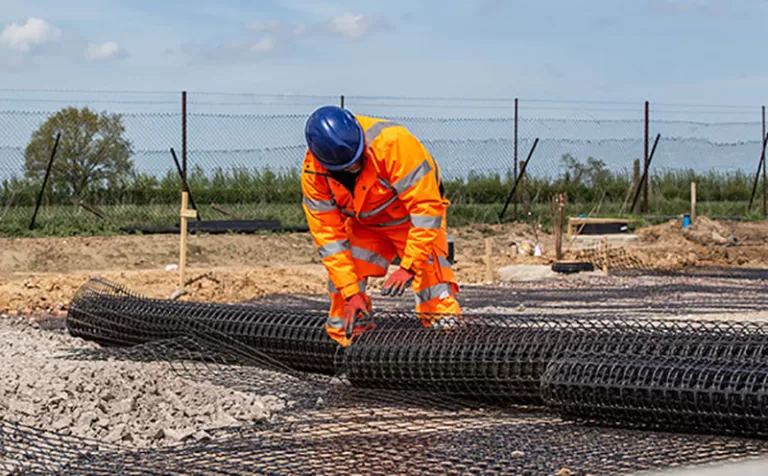
This paper discusses reinforcement geosynthetics, exploring their types, mechanisms of ground improvement methods.
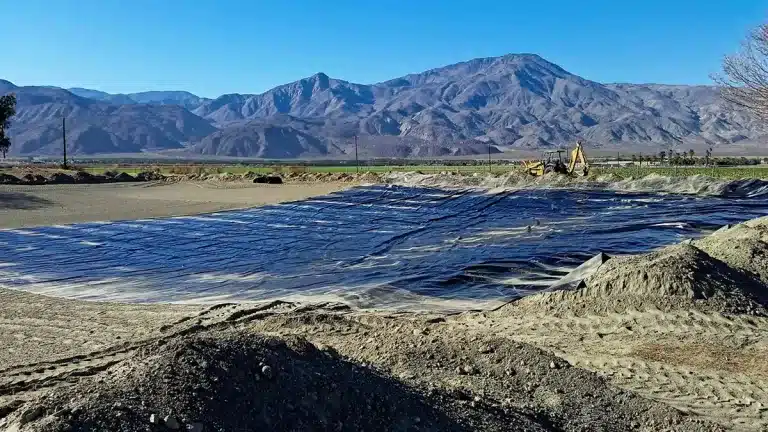
In the realm of civil engineering and construction, innovative materials play a pivotal role in ensuring the integrity, durability, and environmental compatibility of infrastructure projects. Among these, geosynthetics and geomembranes stand out for their versatility and effectiveness. This article delves into the world of these advanced materials, exploring their uses, types, purposes, and the distinct characteristics that differentiate them. By demystifying these components, we aim to shed light on their critical role in contemporary construction and environmental projects.
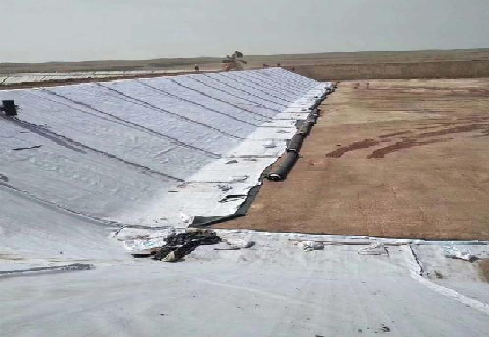
Discover how geotextile fabric enhances gravel and decomposed granite pathways with stability, drainage, and weed control.
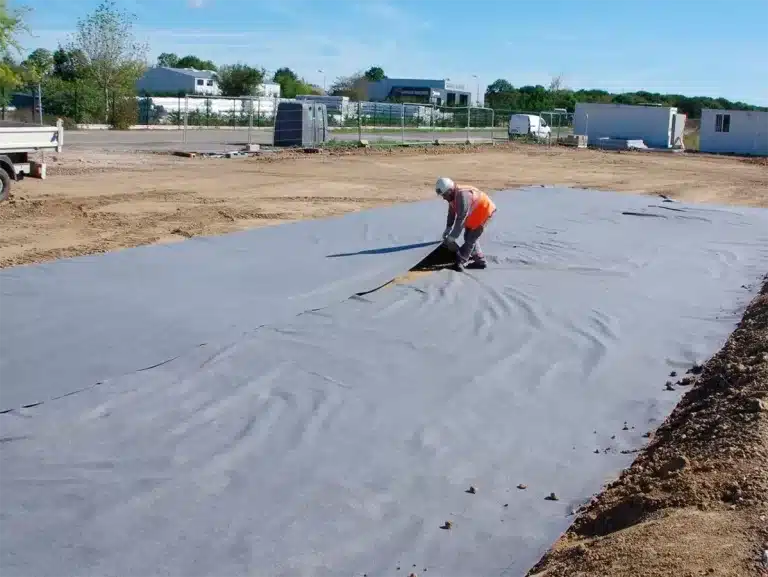
In the realm of civil engineering and construction, geosynthetics have emerged as pivotal materials, enhancing durability and sustainability in various projects. These synthetic products, used in geological and environmental applications, range from stabilization and filtration to drainage and barrier functions. Ensuring their quality and performance is crucial, which is where ASTM International standards come into play. This article delves into the ASTM standards specific to geosynthetics, shedding light on their significance and the tests designed to assess the quality and functionality of these innovative materials.
End of content
End of content
WhatsApp us